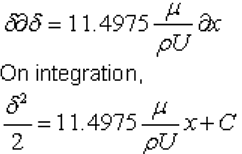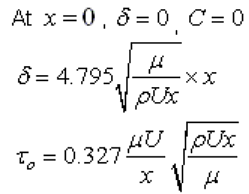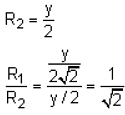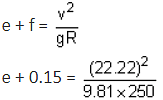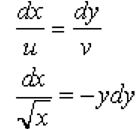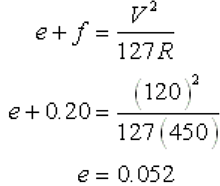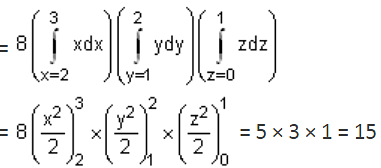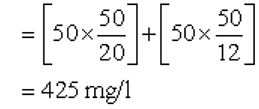Gate Mock Test Civil Engineering (CE)- 6 - Civil Engineering (CE) MCQ
30 Questions MCQ Test GATE Civil Engineering (CE) 2025 Mock Test Series - Gate Mock Test Civil Engineering (CE)- 6
Directions: In the following question, two sentences labelled I and II are given. Which of them is/are correct?
(I) My heart is much full of words.
(II) My heart is too full for words.
Directions: In the following question, a set of three figures X, Y and Z shows a sequence in which a piece of paper is folded and finally cut from one or more sections. Below these figures, a set of answer figures marked (a), (b), (c) and (d) shows the design which the paper actually acquires when it is unfolded. You have to select the answer figure which most closely resembles the unfolded piece of paper.
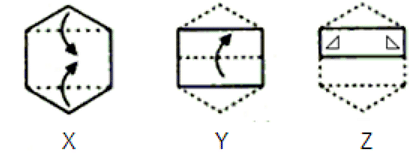



| 1 Crore+ students have signed up on EduRev. Have you? Download the App |
Directions: Choose the most appropriate alternative from the options given below to complete the following sentence:
Suresh's dog is the one __________ was hurt in the stampede.
Directions: In the following question, choose the word which best fills the blank from the four options given.
The uncalled-for remarks by the leader ______ the situation and many of his followers turned violent
Let un+1 = 2un + 1, (n = 0, 1, 2, .......) and u0 = 0, then, u10 would be nearest to
In Indore, Annapurna area has 2000 telephone subscribers and government collects fixed charges of Rs. 280 per month from each subscriber. The government proposes to increase the tariff and if it is forecasted for each rupee increase, there will be an equivalent amount of subscribers discontinuing. So, what increase will bring maximum revenue to the government?
In an event, A rows his boat upstream in a river flowing with a steady speed of 6 km/hr and then returns to the same point without rowing (i.e. only with the speed of river). If the total distance covered by A is 42 km and the time taken in rowing the boat upstream is 4 hours more than his return journey, find the speed of A in still water.
Directions: In the following question, a set of three figures X, Y and Z shows a sequence in which a piece of paper is folded and finally cut from one or more sections. Below these figures, a set of answer figures marked (a), (b), (c) and (d) shows the design which the paper actually acquires when it is unfolded. You have to select the answer figure which most closely resembles the unfolded piece of paper.
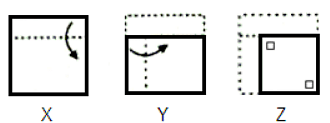

A piece of paper is folded and punched as shown below:

From the following alternative figures, indicate how this piece of paper will appear when unfolded.




Directions: Rearrange the jumbled letters in the following four options and find the odd word among them.
The recursion relative to solve x = e-x using Newton-Raphson method is
The shape of the cumulative distribution function of Gaussian distribution is:
The solution of differential equation xdy/dx + y(x2–1) = 2x3 is
A column of height h with a rectangular cross section of size a x 2a has a buckling load of P. If the cross section is changed to 0.5a x 3a and its height changed to 1.5h, the buckling load of the redesigned column will be
In an Oedometer apparatus, a specimen of fully saturated clay has been consolidated under a vertical pressure of 50 kN/m2 and is presently at equilibrium. The effective stress and pore water pressure immediately on increasing the vertical stress to 150 kN/m2 respectively are
For the velocity profile for laminar boundary flow  , the wall shear stress on the plate is given by _______. (Here, b is the width of the plate.)
, the wall shear stress on the plate is given by _______. (Here, b is the width of the plate.)
If water is flowing at the same depth in most hydraulically efficient triangular and rectangular channel sections, then the ratio of hydraulic radius of triangular section to that of rectangular section is
A plane truss with applied loads is shown in the figure.
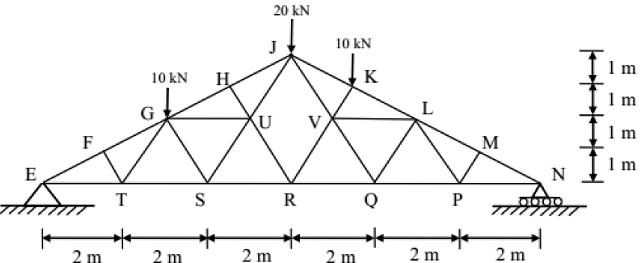
The members which do not carry any force are
Which one of the following statements is correct?
Find delta (in cm) when duty is 2000 hectare cumec and base period is 30 days.
The liquid forms of particulate air pollutants are
Match each differential equation in Group I to its family of solution curves in Group II:

A highway designed for 80 km/h speed has a horizontal curve section with radius 250 m. If the design lateral friction is assumed to develop fully, the required super elevation is
The equation of streamline passing through the point (4, 5) for a flow field  is
is
Which of the following is/are correct statement(s)?
At a road curve of radius 450 m, for a vehicle speed of 120 km/h, the total super elevation required is ___________ m. Take the width of the road as 20 m and the coefficient of friction as 0.20. (Answer up to two decimal places)
The volume determined from ∫∫∫v 8xyz dv for V = [2, 3] × [1, 2] × [0, 1] (in integers) is __________.
Find the total hardness (in mg/l) of CaCO3 if the values of hardness of calcium and magnesium ions respectively are 50 mg/l and 72 mg/l, and the combined weights of CaCO3, calcium and magnesium ions are 50 mg, 20 mg and 12 mg, respectively. (Answer up to the nearest integer)
|
31 docs|280 tests
|
|
31 docs|280 tests
|








 is
is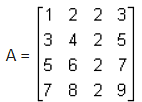








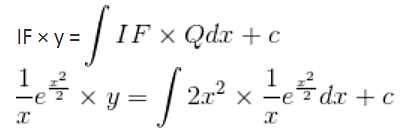




 = P/12
= P/12

